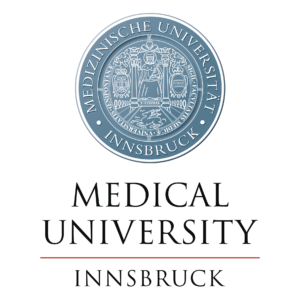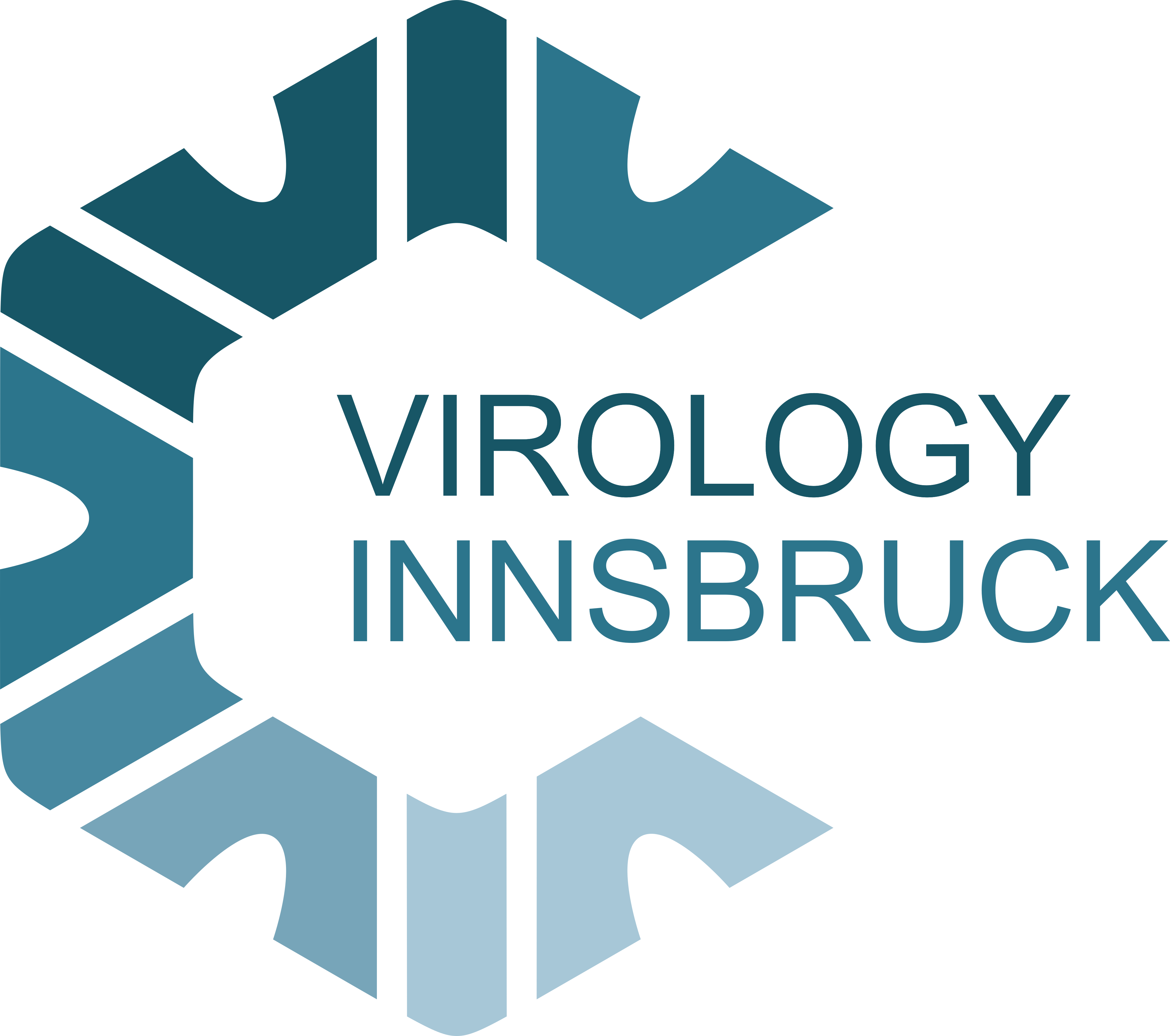April 2024
NewsletterSummary:
-
-
- Tick season is starting again—important reminders about Borrelia serology.
- Antibody detection timing is crucial for interpreting Borrelia infections.
- Serological testing should not be used to monitor antibiotic treatment success.
- FSME (TBE) vaccination intervals must be respected despite high antibody titers.
- Cross-reactivity with other Flavivirus antibodies can lead to misleading FSME test results.
-
Once again, a warm spring with high tick activity is approaching, as has been the case in recent years.
For this timely reason, here is a list of six important facts about Borrelia serology that you are already familiar with, but may occasionally forget:
-
-
- First of all, ticks are not only the vectors of Borrelia (and TBE), but also of a variety of other pathogens, particularly Anaplasma phagocytophila. In cases of fever in summer with thrombocytopenia, consider ehrlichiosis as well!
- When an erythema chronicum migrans (ECM) is diagnosed, antibiotic administration is indicated. If antibodies against Borrelia are found, these are from a previous infection, as antibody development takes 10-14 days.
- In cases of ECM, Borrelia antibodies are therefore often not found in the acute stage, and consequently the absence of these is naturally not an indication to discontinue an initially started antibiotic therapy after receiving the negative serology result.
- From points 2 and 3, it also follows that Borrelia antibody diagnostics are per se not indicated in fresh ECM.
- Naturally, Borrelia serology remains important in the course of differential diagnosis, confirmation, monitoring in case of clinical deterioration, late forms of Borreliosis, etc., but this should never be based on an ELISA alone, but always on verification through a blot. This can often very effectively differentiate whether it is a fresh infection or a previous one, whereby IgM or IgG are not necessarily the decisive parameters here, but rather bands in the blot against OspC or against P18 or VSLE.
- If one wishes to check the titers weeks after antibiotic therapy to see whether the therapy was successful (expecting lower titers now), one will be disappointed, because as a rule the titer has even increased extremely, specifically due to the Borrelia destroyed by antibiotics and the immune system, whose fragments naturally induce a multitude of new antibodies against these newly formed “neoepitopes“. Even after many months, very high titers are often detectable, which thus speak more for successful antibiotic therapy than against it.
-
And regarding TBE serology:
-
-
- The official intervals for a TBE booster are 5 years for adults and 3 years for seniors. These intervals are chosen so that 99% of those adhering to this vaccination interval are truly protected.
- From this it follows that 5-10 years after the booster, very high titers are still often measured, which leads to unauthorized extension of the intervals.
- However, it has recently been described by Kollaritsch and colleagues that typically after 7 years, a dramatic decline in titer is possible in some subjects (https://pubmed.ncbi.nlm.nih.gov/36303530).
- Switzerland pays for TBE boosters, but only after 10 years, and thus accepts a few breakthrough infections, albeit with a high vaccination coverage rate.
- TBE viruses are flaviviruses – a vaccination against yellow fever or Japanese encephalitis or an (often unnoticed) infection with dengue or West Nile virus induces antibodies that are detected in common TBE tests and can significantly increase the “TBE” titer achieved through TBE vaccination. However, since these are not protective, a non-existent protection is thus simulated, despite an apparently positive titer.
- THEREFORE: The recommended vaccination intervals should be maintained, but in any case, even with long-term high measured titers, a booster should be administered no later than after 10 years.
-
Ao. Univ.-Prof. Dr.med. Reinhard Würzner, PhD
reinhard.wuerzner@i-med.ac.at
+43 512 9003 71710



